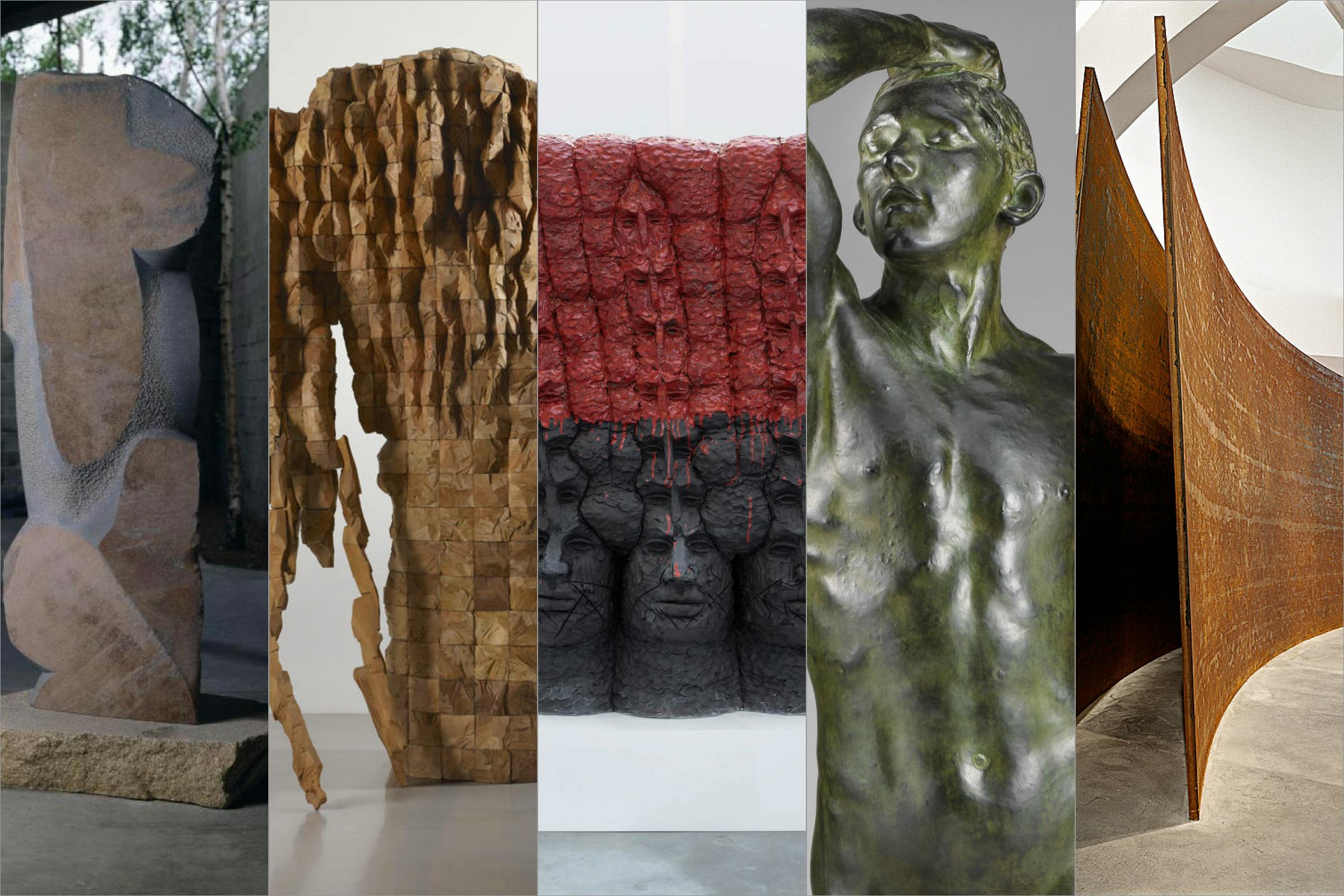
Sculpture has been around since Ancient times and it has ranged from monumental stone works and bronze statues to clay and wood artifacts. More recently, steel came into the picture and innovative technologies continue to leave their mark in this versatile medium that continues to be reinvented by contemporary artists. This article explores five of the most popular sculpture materials of all time.
Stone
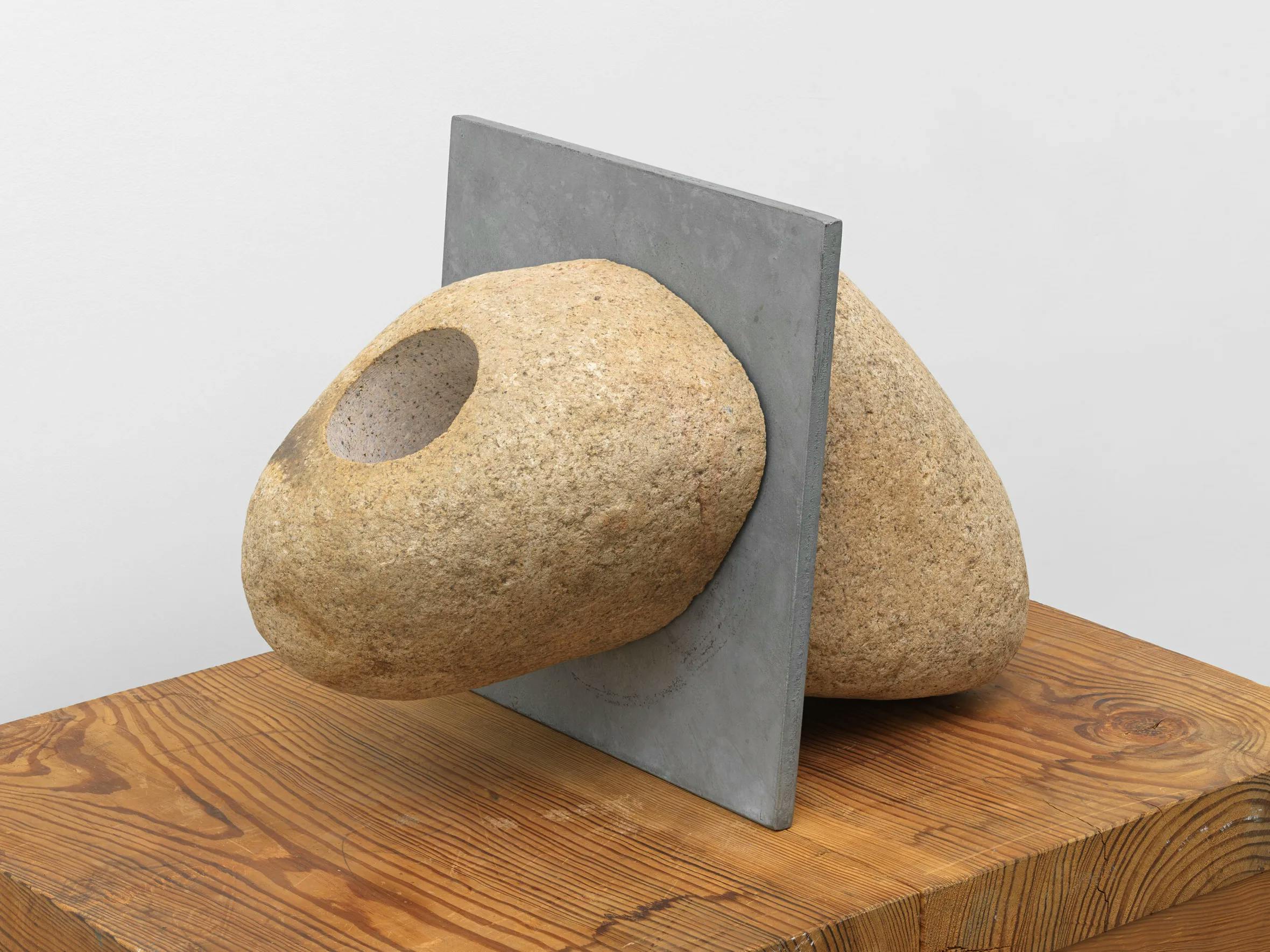
Stone carving is one of the oldest surviving forms of art. Venus figurines dating back more than 30,000 years ago and stone relief sculptures found in prehistoric caves are some of the oldest examples that have survived due to their durability. Over time, stone carving grew more complex and gave form to intricate reliefs and sculptures created by the cultures of Egypt, Mesopotamia, and Persia which influenced Greek and later Roman marble statues. With the emergence of the Renaissance, marble once again turned into the most sought-after material in the West with emblematic works like Michelangelo’s David standing out. Importantly, over time, each type of stone, ranging from the popular marble to alabaster and sandstone, offered artists unique properties in terms of color, quality, and hardness and involved a distinctive technique often applied with some type of hammer and chisel.
As time went by, stone carving also left its mark in the work of 19th-century artists like Auguste Rodin, considered by many as the father of modern sculpture due to his exploration of the human condition and his break with the academic establishment, explained this Artsy article. At the same time, other experimental approaches were developed at the turn of the 20th century. Among them, direct carving introduced by Constantin Brancusi, who proposed that instead of relying on a preconceived model the process of individually carving each piece would suggest its final form, stands out for its ripple effects in modern and contemporary sculpture. As explained in this Widewalls article, this approach was also adopted by influential artists like Barbara Hepworth, Henry Moore, and Jacob Epstein. Interestingly, next to direct carving, other artists like Isamu Noguchi, who worked with Brancusi in Paris for seven months, utilized a blend of Western and Eastern techniques and experimented with hard igneous rocks, like granite, andesite, and basalt.
Today artists increasingly rely on varied tools ranging from pneumatic chisels and diamond-tipped saws to high-pressure water jets and industrial lasers. Furthermore, artists such as Barry X Ball scan historic works or living subjects or use 3D printing techniques. While technological innovation is on the rise, as described in this Artsy editorial, some artists, like Milena Naef, rely on traditional marble carving methods to create abstract-looking negative shapes of her body thus reinventing the possibilities of the medium.
Clay
Since antiquity, Clay has been used to shape sculptures, ritual vessels, and everyday objects. Over the years, it also has been used as the preparatory model or mold for stone, metal, or wood sculptures and has turned into an independent art medium. Importantly, the origins of clay, which has been around since at least 28,000 BCE during the Paleolithic period, are on humble earth, extracted from riverbanks, quarries, or clay pits. Once sourced, it undergoes a preparation process, where impurities are removed, and the clay is kneaded to achieve a specific consistency. While originally clay is plastic, which means it can be manipulated and still hold the form or shape it is given, at high temperatures, it turns into a hard and durable material. Importantly, one of the first breakthroughs in the manipulation of clay and the development of ceramics was the invention of the wheel which allowed for the production of artifacts with radial symmetry. An emblematic example of the artistic potential of ceramic pottery is the unique vessels with intricate scenes the Greeks produced with the red clay sourced from regions like Corinth and Attica, as revealed by The American Ceramic Society in this article. Next to this, perhaps one of the most famous groups of ancient clay sculptures is the cache of clay statues buried in three massive pits near the tomb of Shi Huang, the first Emperor of China.
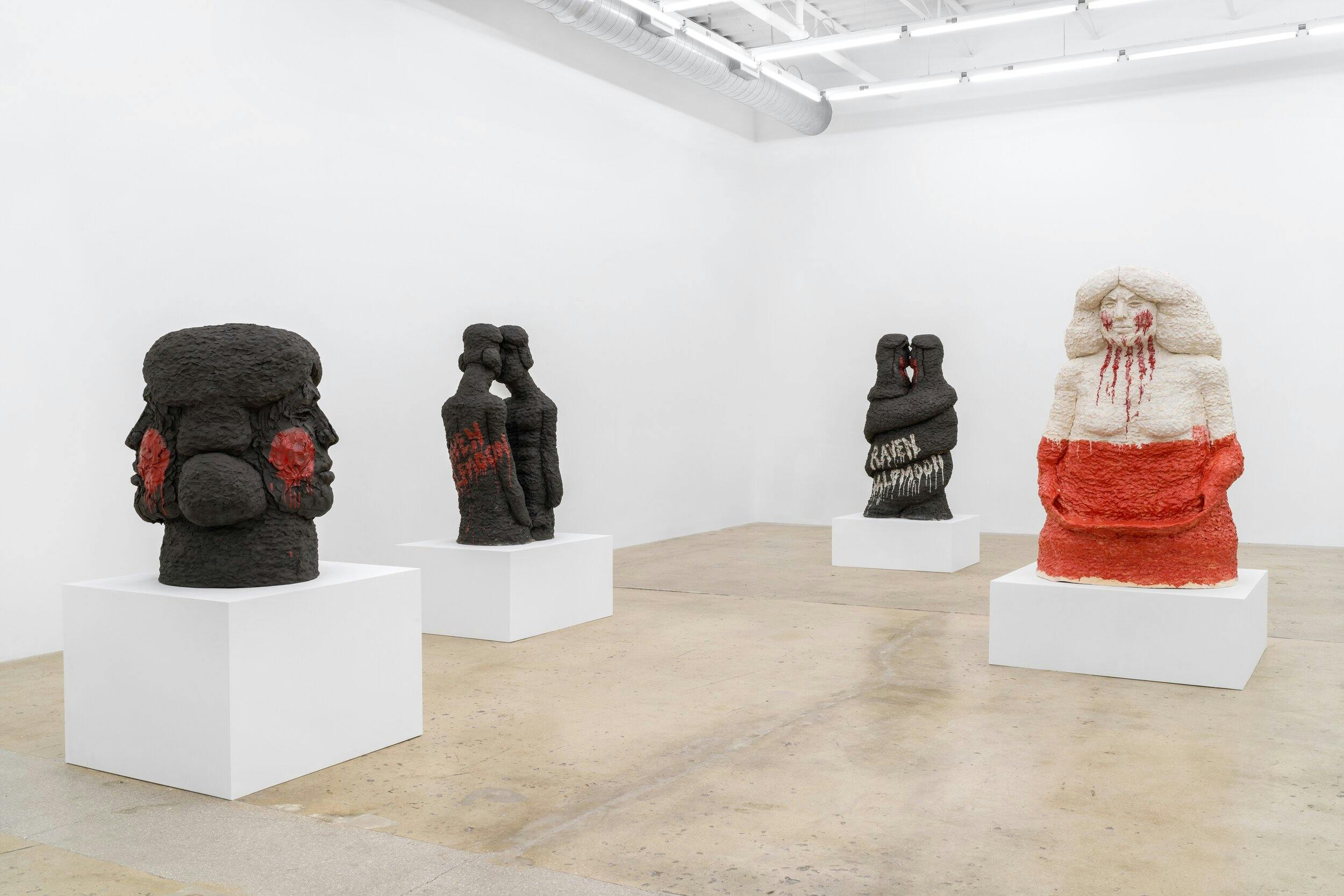
As technology advanced, the tools and methods used to sculpt clay turned more complex, giving rise to an array of styles and techniques, ranging from high-temperature kilns to varied glazes that continue to be transformed to this day. Next to the crucial role of clay in pottery, first, the Greeks and Romans and afterward emblematic artists like Bernini and later on, Antonio Canova and Auguste Rodin created terracotta (iron-rich clay that has been molded and fired at low temperatures) preparatory models which have survived the passage of time and are works of art in their own right. Interestingly, over time varied artists, such as the ones working at the Bauhaus in the early 1920s, experimented with ceramics blurring the line between art and design, and afterward, others like Picasso and Dalí also created ceramic pieces that redefined the medium. While historically clay has remained a somewhat discrete medium, nowadays contemporary artists are also reinterpreting its potential. One such artist is Raven Halfmoon, known for her oversized clay-based sculptures, and others like Takuro Kuwata use traditional Japanese ceramic techniques to create colorful clay installations, reported this Hyperallergic review of an exhibition of clay-based artworks at Hayward Gallery, in London.
Wood
Much like other materials discussed here the history of wood carving goes back to prehistoric times when it had mostly a ritual purpose. Over the years, wood continued to be a sought-after material for its easy accessibility and versatility depending on the wood source. However, many woodworks have not survived the passage of time due to their perishable nature and vulnerability to water, fungi, and insects. While it was already a staple of decorative and utilitarian artifacts, in the Middle Ages, wood took a preponderant role and was used in altarpieces, sculptures, ceilings, or architectural details. During the Renaissance, wood lost a bit of its impulse due to the preponderance of marble but continued to be used by seminal Italian artists like Donatello and also was popular in German-speaking states with artists like Veit Stoss and Peter Vischer the Elder.
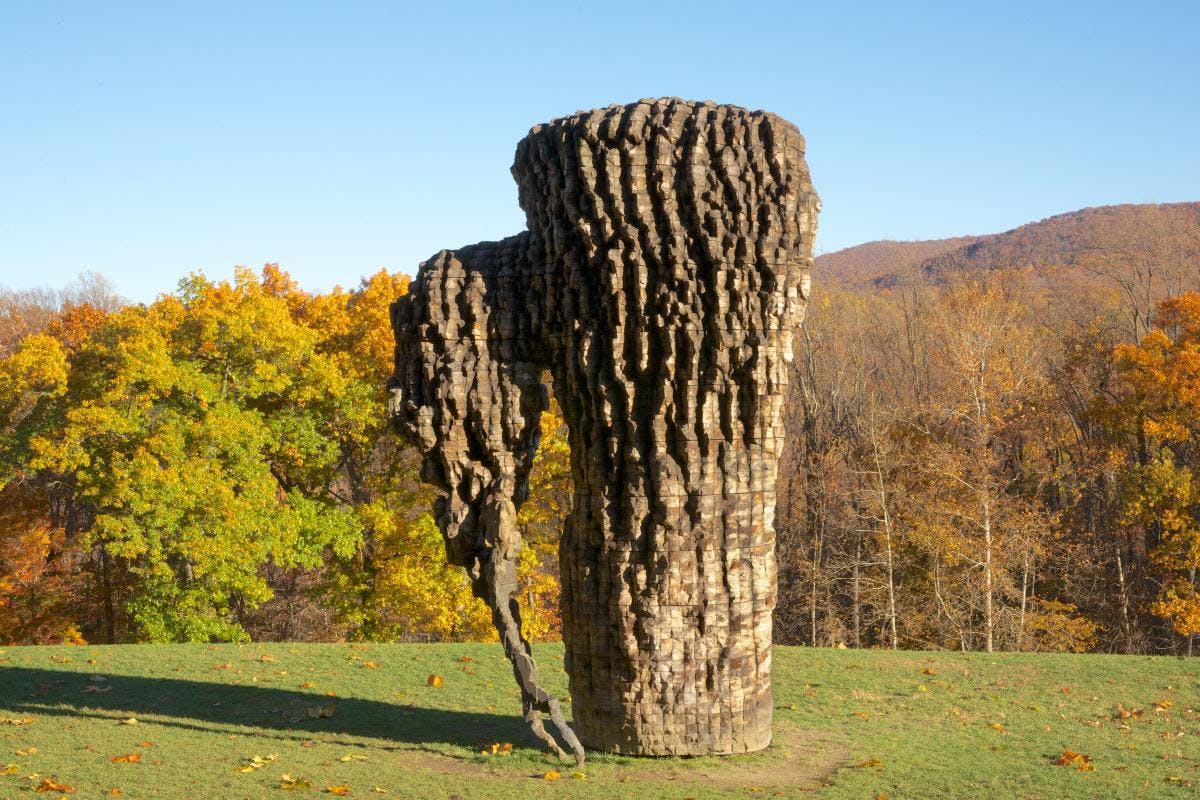
Starting in the late 19th and early 20th century artists increasingly looked once again to wood as a popular choice. Among the numerous names that stand out for their woodworking skills are Constantin Brancusi, Henry Moore, Xawery Dunikowski, Barbara Hepworth, Paul Gauguin, Ernst Barlach, and Louise Nevelson. Influential artists working these days, such as Ai Weiwei with his emblematic woodwork Tree (2010), a monumental sculpture assembled from the dry, dead branches, roots, and trunks of numerous species of trees the artist gathered from his native China, have also continued to explore its potential. While nowadays, there are innovative techniques to handle wood, present-day artists like Ursula von Rydingsvard, Christopher Kurtz, or Alison Elizabeth Taylor, mentioned in this Artsy editorial, often reinterpret traditional woodcraft techniques to push the conceptual and physical limits of wood.
Bronze
Bronze, which refers to the alloy of copper and tin to which other elements and patinations may be added, has been around since antiquity. Its use spread throughout Europe, from around 2500 and 800 BCE which has been coined "the Bronze Age." While, as this MET essay states, it once was largely used for artillery and utilitarian purposes, first by the Greeks and Romans, and afterward Renaissance artists increasingly used it for casting sculpture. Over the years, several bronze foundries flourished across Europe but Florence turned into a mecca of this medium with its lustrous reddish bronze. This boom coincided with the appreciation of classical antiquity during the Renaissance.
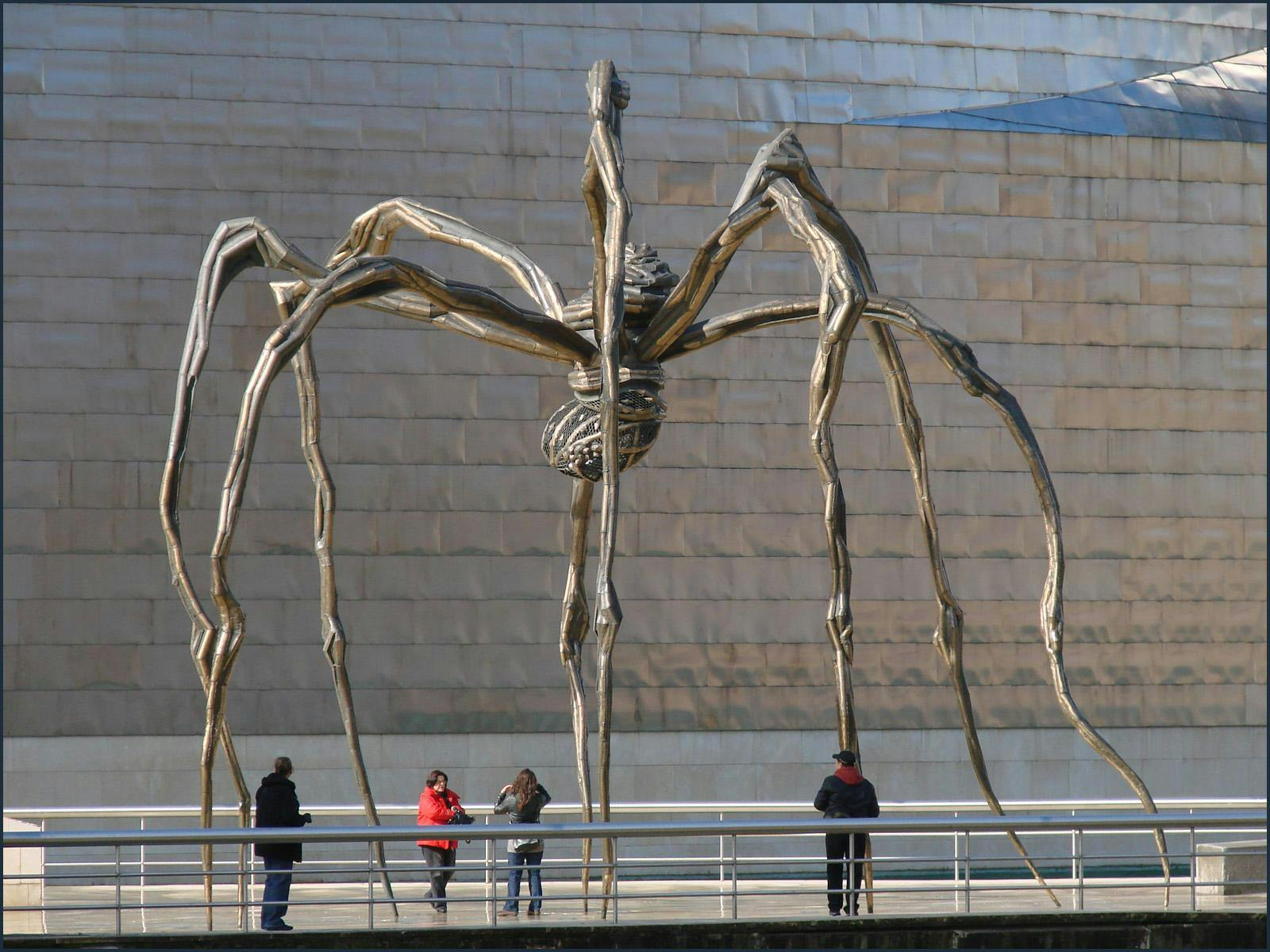
In terms of techniques, for years, bronze was cast by the lost-wax method or direct casting, where the piece is modeled in beeswax and then is covered usually with clay and heated. After this, the wax melts and the mold is filled with metal. Finally, after cooling the mold is broken away, and the final details are added. While this process allows only for one piece, artists soon recurred to indirect casting which grants the option of reproducing several replicas of the same model, as explained in this MET article. With time, other techniques developed and artists continued to recur to bronze casting which left its mark in the work of modern artists like Auguste Rodin and Constantin Brancusi, and later on Leonora Carrington. It also was the most popular material for public statues and monuments which soon filled public squares and government compounds across the West. While this is still the case, contemporary artists like Louise Bourgeois, who passed away in 2010, Thomas Schütte, and Kiki Smith also continued to explore new takes on this medium.
Steel

While bronze was the reigning metal for centuries, steel rose to prominence in the early to mid-20th century with stainless steel sculptures following soon after. Steel offers artists varied options in terms of sourcing, carbon footprint, and production as it can be reutilized and can be finished in varied ways ranging from shiny to rusted. Additionally, contrary to bronze or stone, steel allows it to be assembled or welded together rather than being cast or carved and it is fairly malleable and durable. Many emblematic artists have worked with steel to bring to life big-scale projects. At first visionary artists like Vladimir Tatlin envisioned massive projects, like the Monument to The Third International (1919-1920) that, while never fully realized, paved the way for the Constructivist movement and the incorporation of steel in sculpture given it featured a steel exoskeleton. During the 1960s steel became increasingly popular. For example, in 1967 Picasso designed a massive steel sculpture that is still on public display in Chicago's Daley Plaza, and Richard Serra is widely known for his large-scale abstract steel sculptures developed since the 1960s which invite the viewer’s participation.
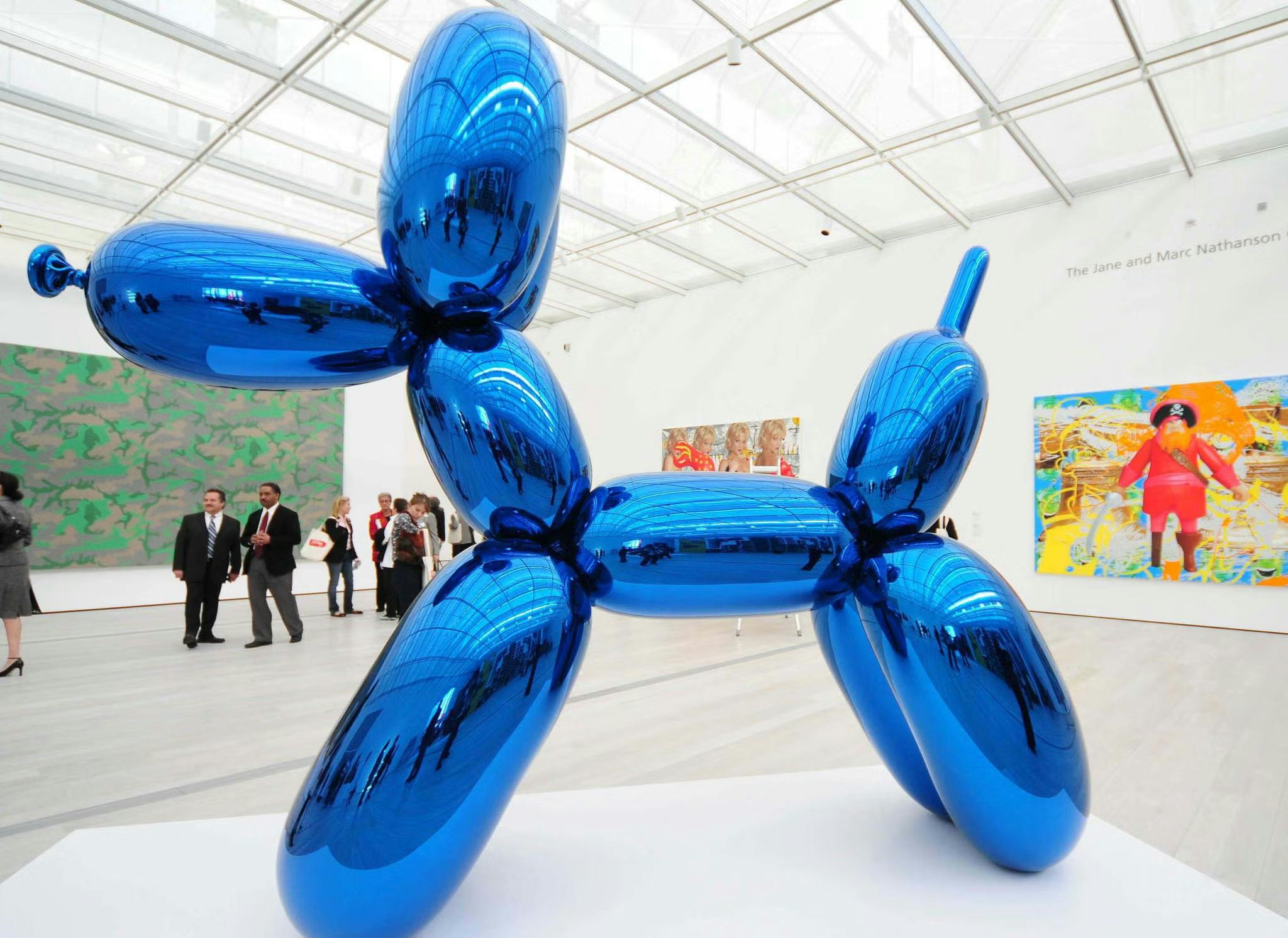
However, perhaps one of the best-known steelworks is Jeff Koons’s 1990s Balloon Dog, originally conceived as a series of five 12-foot tall installations made from precision-engineered, mirror-polished stainless steel and finished with a translucent coating of either blue, magenta, orange, red, or yellow that over time transformed into a wide inventory of materials, sizes and colors. This work, inspired by the artist’s interest in recreating universal objects that represented celebrations, brings forth the versatility of steel as a medium. More recently, renowned British sculptor Antony Gormley created a massive work, titled Matrix III (2019) where viewers could stand beneath six tons of steel-reinforcing mesh, 98% recycled, suspended from the ceiling. According to the artist’s webpage, the site-specific sculpture reflects the invisible skeleton of concrete architecture thus rendering the built environment to its most minimal.
While treated separately in this list, many of these materials often collide in mixed-media works and installations that blur the boundaries between mediums and expand the limits of what sculpture is and can be.